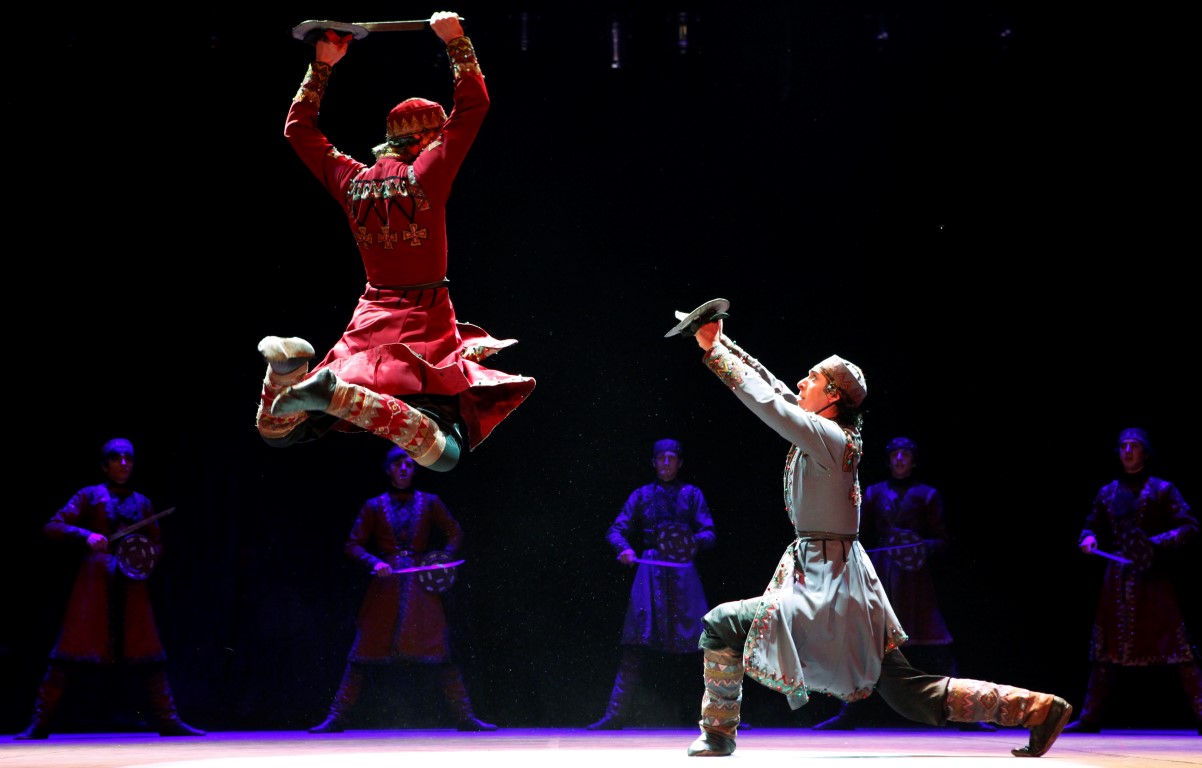Introduction
Georgian folk dances are an integral part of the country’s cultural heritage, expressing the vibrant spirit and rich traditions of its people. With their energetic movements, colorful costumes, and captivating music, Georgian folk dances tell stories of history, unity, and celebration. Passed down through generations, these dances play a significant role in Georgian culture, reflecting the diverse regional identities and the profound connection between the people and their land. In this blog, we delve into the essence of Georgian folk dances, exploring their significance, styles, and the enduring beauty that continues to captivate audiences worldwide.
Significance of Georgian Folk Dances
1. Cultural Identity: Georgian folk dances are a source of immense pride for the Georgian people. They embody the country’s cultural identity and have been recognized as an essential part of the nation’s intangible cultural heritage by UNESCO.
2. Communal Bonding: Folk dances often involve group performances, creating a strong sense of community and togetherness among the participants. Dancing is a shared experience that brings people closer and fosters a feeling of unity.
3. Celebrations and Festivities: Georgian folk dances are an integral part of various celebrations, festivals, and cultural events. Whether it’s a national holiday, a religious occasion, or a traditional gathering, folk dances play a central role in the festivities.
Styles and Characteristics
1. Mtiuluri: This dynamic dance style is characterized by its fast footwork and acrobatic movements. It often features male dancers showcasing their strength and agility.
2. Khorumi: Khorumi is a war dance that depicts the courage and valor of Georgian warriors. The dancers perform fierce movements with swords and shields, recreating battle scenes.
3. Kartuli: Kartuli is a graceful couple dance that portrays tender emotions and courtship. The dancers glide and twirl in harmony, expressing love and romance.
4. Acharuli: Acharuli is a playful and joyful dance from the Adjara region. It features female dancers balancing a flatbread (penovani) on their heads while performing lively movements.
5. Samaia: Samaia is a powerful and expressive dance style originating from the mountainous regions of Svaneti. It often involves intricate footwork and robust movements.
Preservation and Modern Influence
1. Folk Ensembles: Folk dance ensembles, such as the Georgian National Ballet Sukhishvili, have played a crucial role in preserving and promoting Georgian folk dances on national and international stages.
2. Modern Fusion: While traditional Georgian folk dances are cherished, there is also a trend of modern fusion, incorporating contemporary elements into the performances to reach broader audiences.
3. Educational Efforts: Schools and cultural organizations in Georgia strive to pass down folk dance traditions to younger generations, ensuring their continuity and relevance.
Conclusion
Georgian folk dances are more than just performances; they are a testament to the soul of a nation, expressing its history, unity, and joy of life. With their expressive rhythms and colorful movements, these dances continue to captivate audiences, evoking a sense of pride and cultural identity among the Georgian people. As a living art form, Georgian folk dances are celebrated during festivities, preserved through generations, and admired on international stages, making them an enduring symbol of Georgia’s vibrant cultural heritage. Witnessing these captivating performances is not just a visual treat; it’s an invitation to immerse in the heart and spirit of a nation that cherishes its traditions and celebrates life through the universal language of dance.





0 Comment